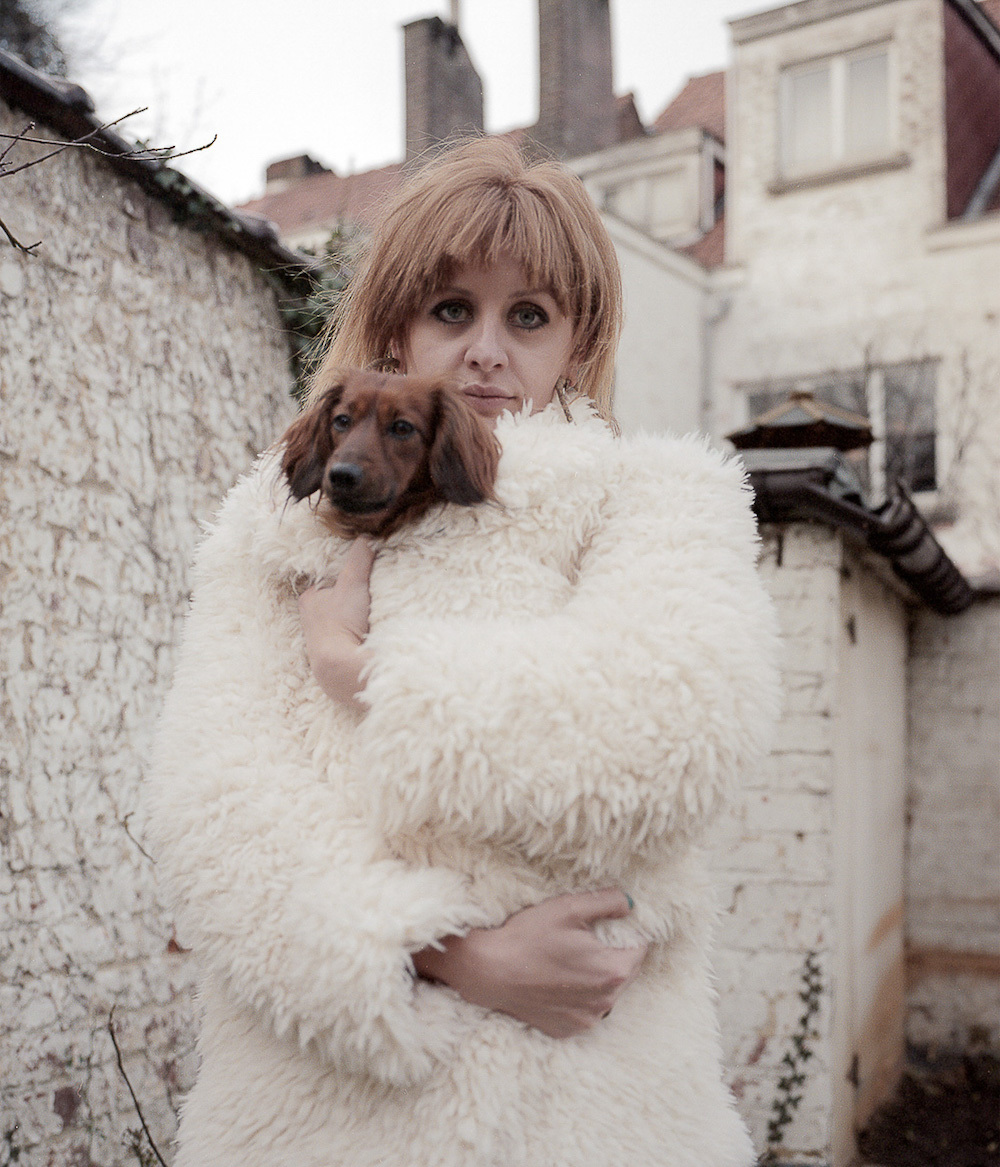Belgium may be 700 miles from Poland, but the current restrictions on Polish women’s reproductive rights can still be felt there. That’s because Belgium, with its strong economy and more accepting left-wing politics, has seen its Polish immigrant population experience a tenfold increase since 2002. More than half of these Polish immigrants are women. “Women living in one part of Europe can enjoy free contraception, while women living in another face huge struggles,” says Spanish photographer Maria Baoli (who currently lives in Brussels). She’s referencing the fact that women can purchase emergency contraceptive pills without a prescription in Belgium, while the Polish government is working hard to limit access to the morning-after pill right after it made abortion illegal.
Baoli examines this disparity of women’s rights in her photo series In-Between, which documents the lives of four Polish women living in Belgium. She found her subjects by posting a call for models in Polish grocery stores. With her candid shots, Baolia asks: what parts of their home culture have these women retained and what parts have they shed? “Even if Belgium is generally active in defending women’s rights,” Baoli tells i-D, “we should bear in mind that there’s a need to fight for women’s rights and be supportive of Polish women despite their physical distance.”

How did your four subjects end up in Belgium? What are their personal stories?
I started the project [by placing] ads in Polish groceries stores and Polish associations in Belgium and ended up photographing five women who met roughly the same criteria (they were in their 20s and had lived in Belgium for a few years), but in the end I selected four stories.
Natalia is a singer and student who came to Belgium to earn a psychology degree. She’s the youngest one and was living in Leuven, a student city, but recently moved to Paris.
Aneta’s childhood was very girly (she wore princess dresses). She’s very conscious of freedom of speech and sensitive to human rights and works in advocacy. Love brought her to Belgium after a stay in London.
Ania is a very talented multidisciplinary artist — working with video, photography, painting, and silkscreen. Her sister was already living in Brussels when she arrived. She finished her fine art degree in Poland and as she didn’t see many professional opportunities in her country, she decided to join her sister in Belgium and enrolled in the fine arts academy.
Aneta’s friend Sabina, who comes from Lądek Zdró (a town located very close to the border with the Czech Republic) is also in the arts field. After her internship in Brussels, she earned a cinema degree and is currently working in communications for an NGO. She recently made a short film about Polish poet Wislawa Szymborska.
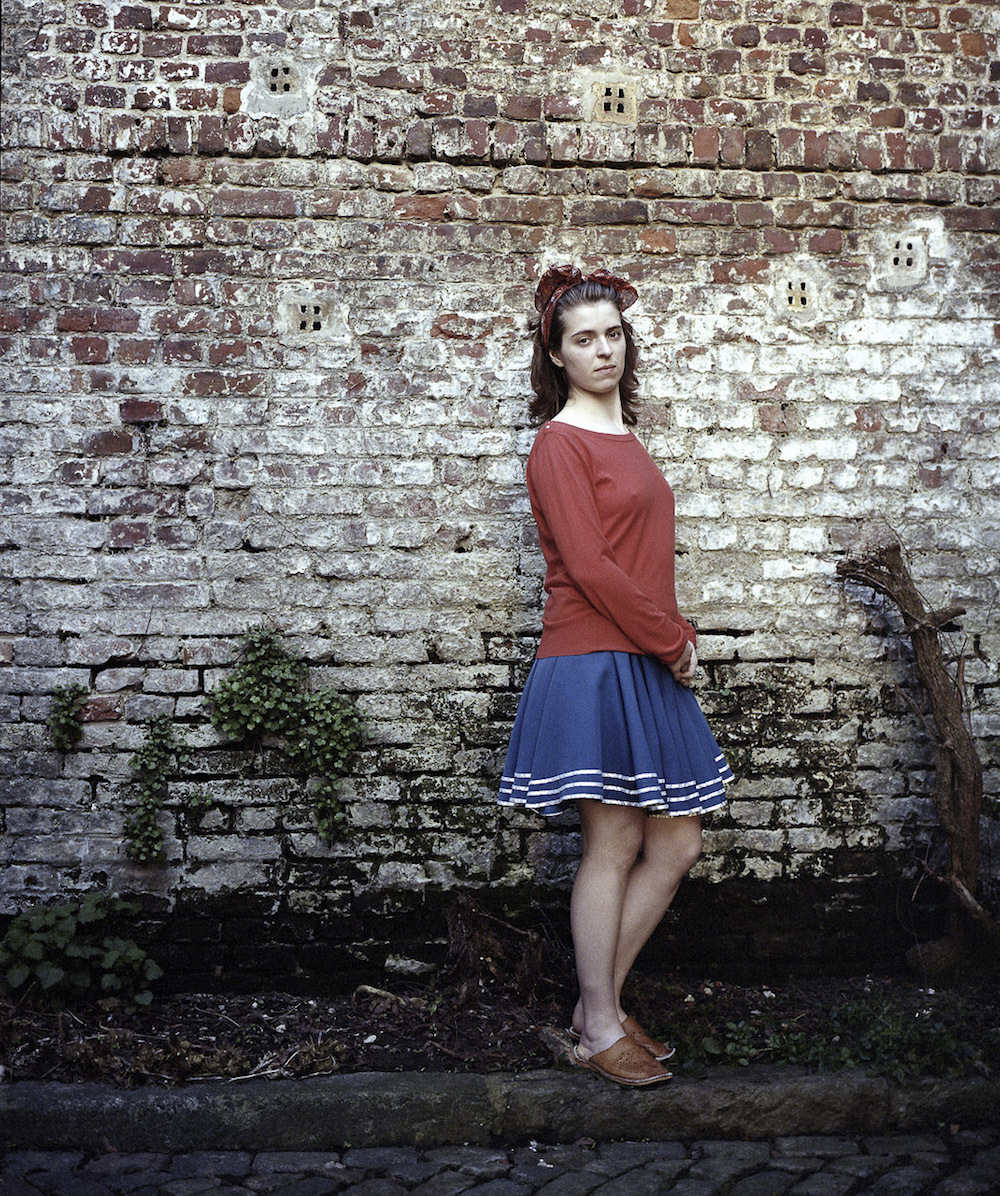
How did you get your subjects to share their identities with you?
I think a lot of people are uncomfortable being photographed, so I try to make them play around with other objects or props that I bring myself so they forget about the camera. I let them run free and direct them with a very loose hand. I think it’s important to give some freedom and allow my subjects’ personalities to communicate with the viewer.
Sometimes I construct photos that are meant to be read as candid, but they’re not. In general, I start off by looking at a lot of imagery and ideas — ranging from sculpture and paintings to film stills — and then narrow them down to a few that feel right and work that day.
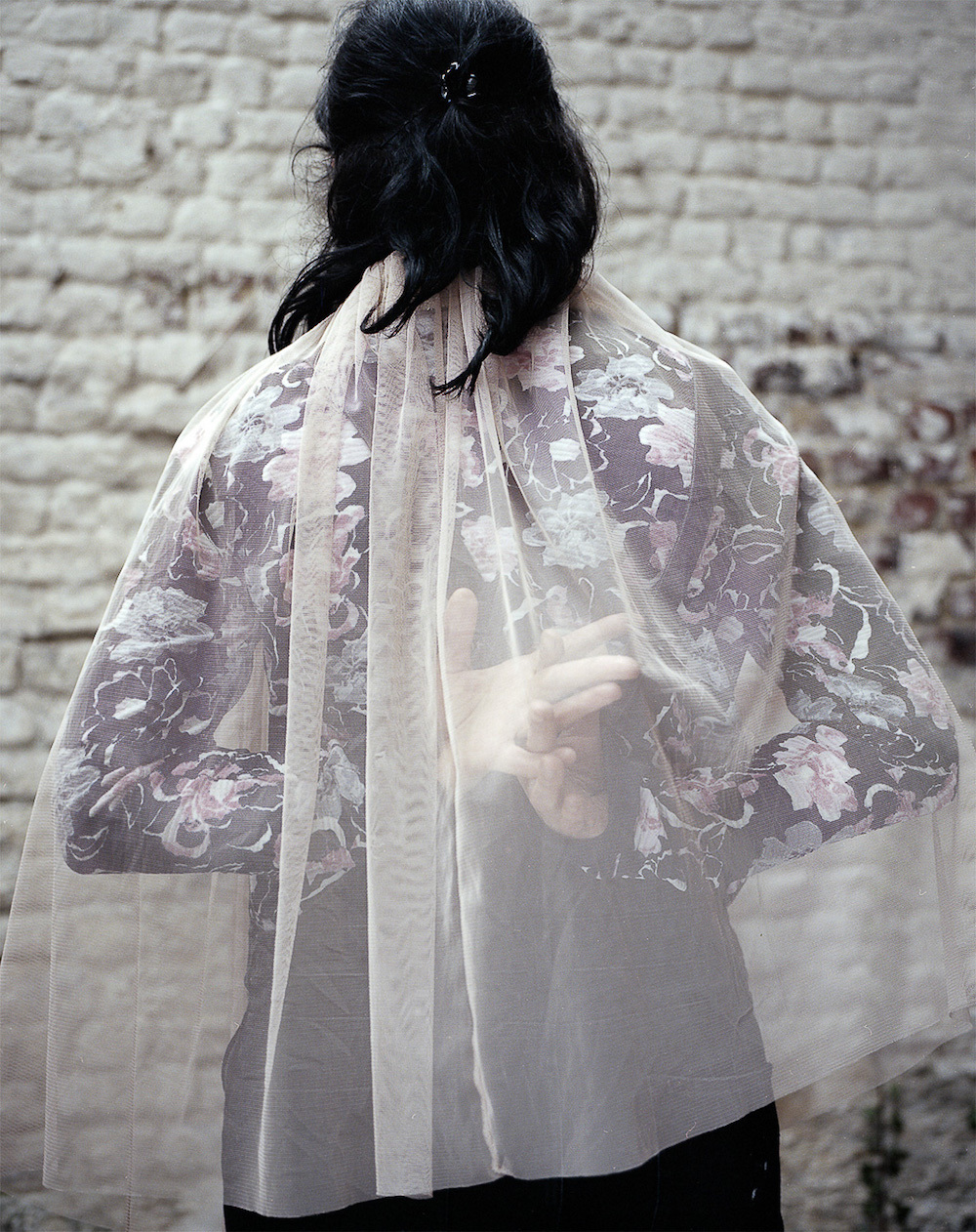
There are a lot of still lifes in the series. What made you interested in everyday objects like lamps and desks?
I am fascinated by the points of intersection between my subjects’ ideals and the objects surrounding them in their private spaces. One of the subjects, Natalia, keeps her amulets in her room and is very attached to them. Jewels are pieces of her memories. On the other hand, bathroom sinks are particularly appealing to me since they can reveal so many things about the subject’s personality. It’s a very intimate place but at the same time it’s quite small. In addition, photographs of objects add strings of association between images and somehow bridge inner and external worlds.
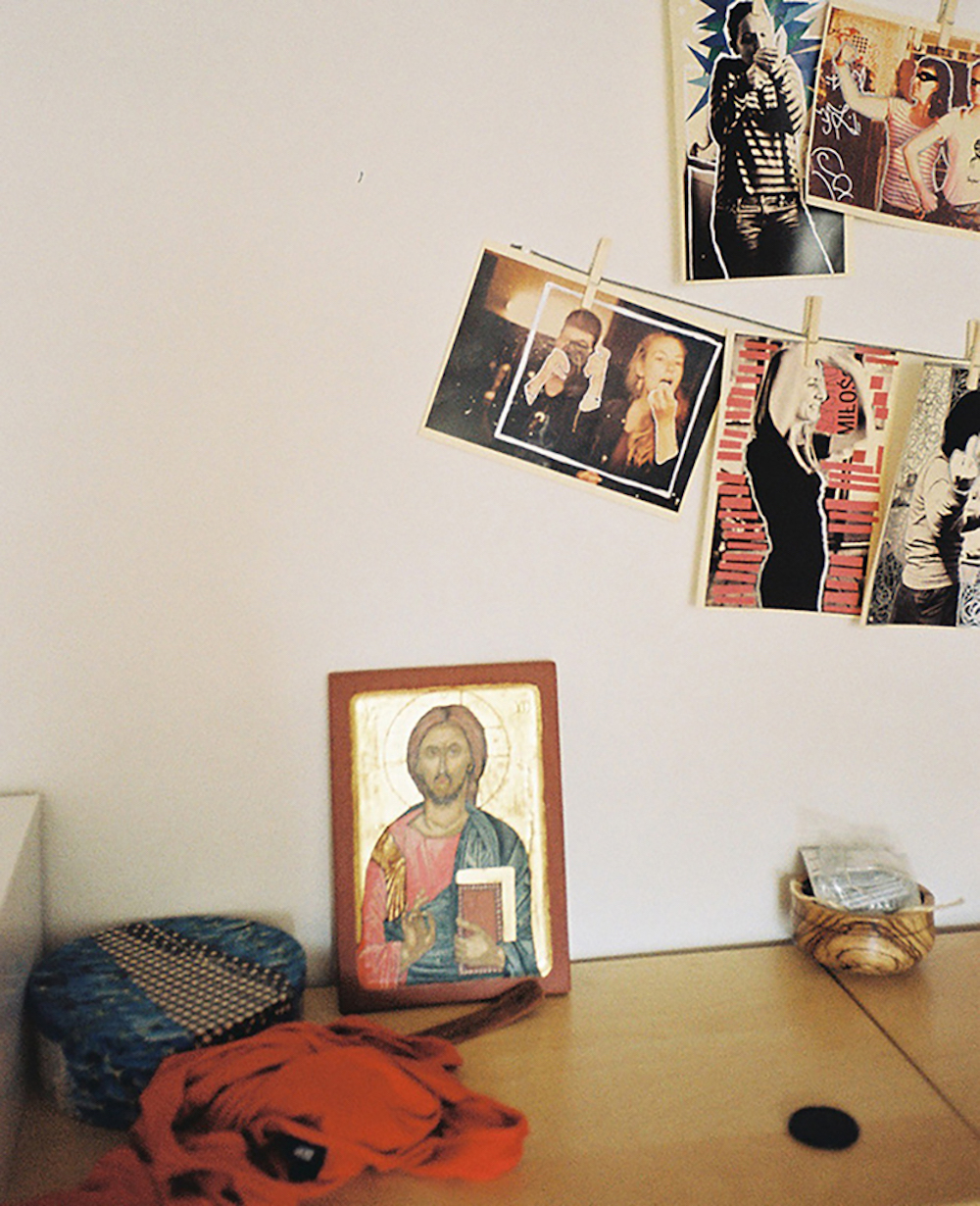
What role does globalization play in this series?
Globalization has undermined national and local cultures. The cultural products and ways of life in different countries are becoming more alike. In-between aims to explore how identity can be diluted in our current times. These women are not only Polish, they’ve lived enough to bring other identities and values into their backgrounds. They have their own reality which is, of course, shared with other people. I appreciate how photographs connects me with others. What interests me is how an individual’s experience relates to a shared universal experience.

In what ways do these four women adhere to traditional ideas about womanhood in Poland?
Sabina is in-between the conservative image of the Polish woman (caring for her family, responsible for all household tasks) and the Western image where women are independent and less family focused. According to Natalia, [Poland] is close to Western Europe in terms of the mentality, but not in terms of finances — and that’s the big gap. People of her age haven’t experienced communism but suffer its consequences.
Nowadays the right-wing Polish government is enforcing a sexual counter-revolution against the wishes and health interests of Polish women. The consequences of the recent law which restricts access to the morning-after pill combined with the law on abortion is very terrible.
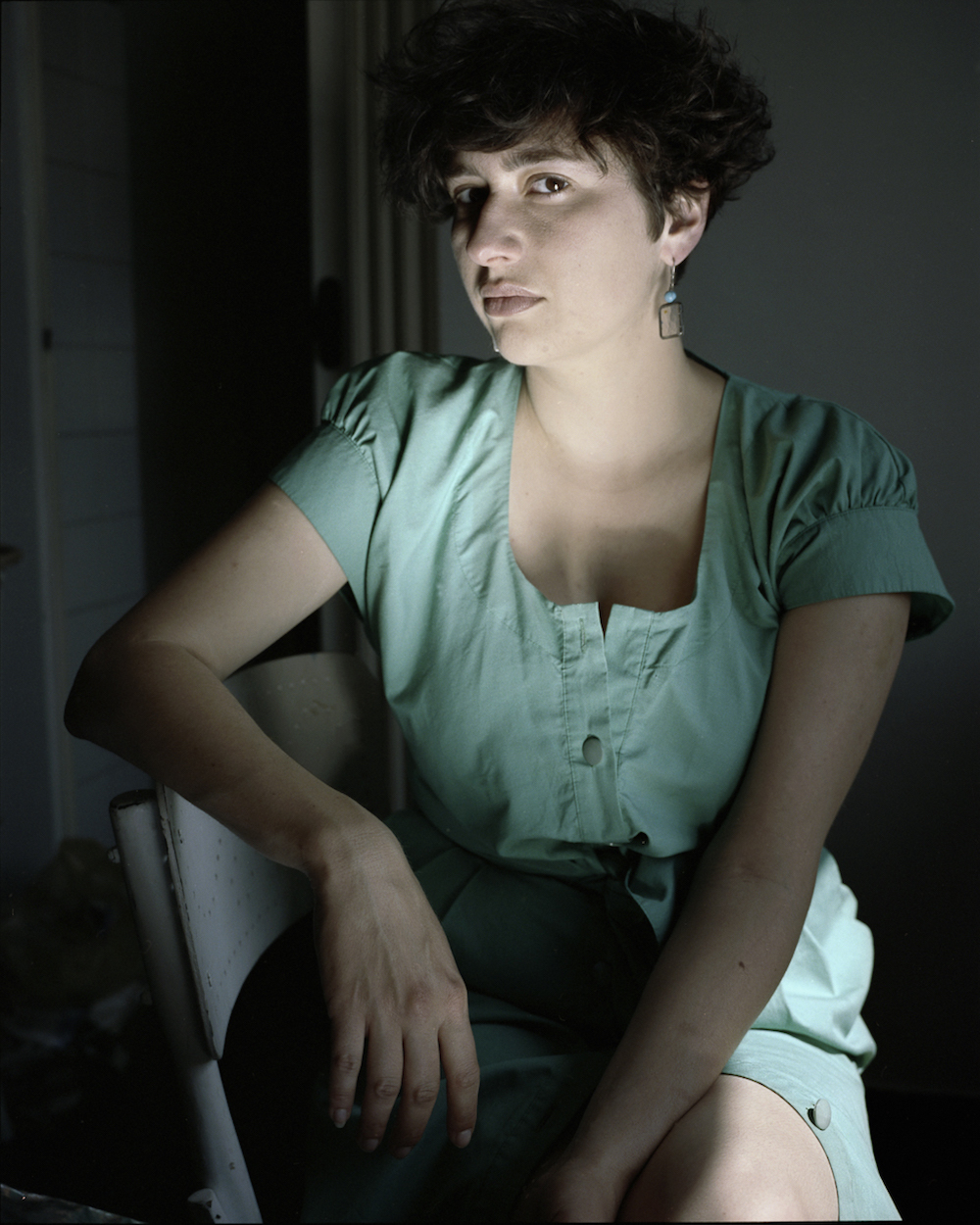
Credits
Text André-Naquian Wheeler
Photographer Maria Baoli
